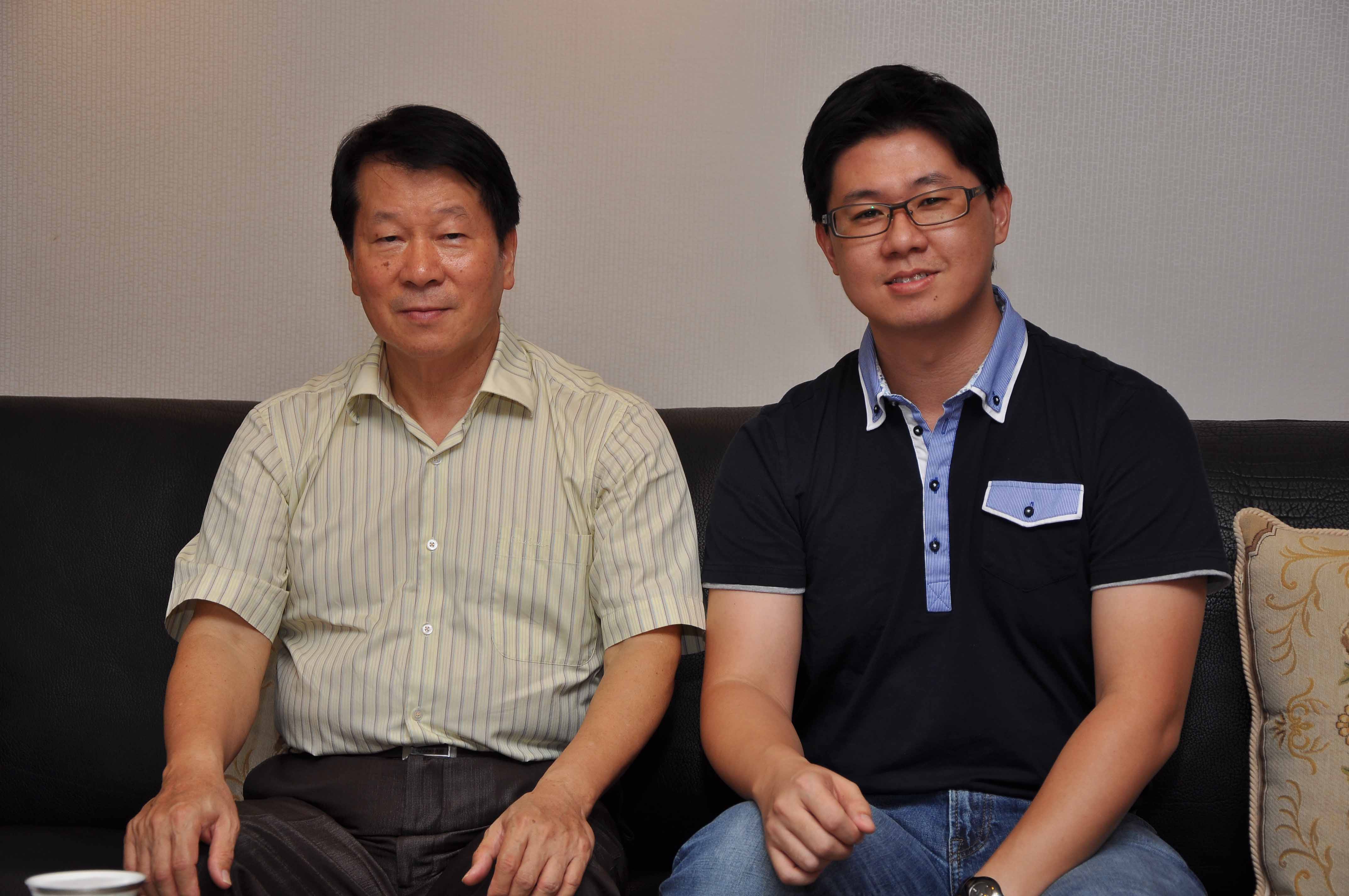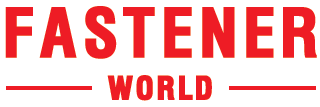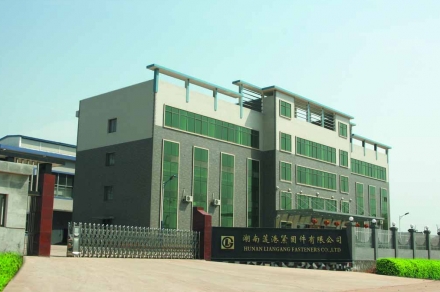VIVEN’s Blue Ocean Strategy in the Red Ocean


Added Value, a Result of Advantaging Competition
Since its establishment in 1989, Viven Inc. has been positioning itself as “A trading company that owns manufacturing capability.” President, Vincent Lue, with over 40 years of experience in the fastener industry, pointed out that Taiwan fastener industry significantly has two major advantages: professional vertical supply chain and quality production material. Being a specialized fastener manufacturer, Viven has targeted at automotive industry since its early years. After Japanese automotive industry entered the US market in 2001, the company decided to further diversify its product application & industry, and thus had the first try in the electronic fasteners segment.
Viven’s major customers are Europe-based and US-based fastener manufacturers, who then resell products to the automotive or electronic industry. With the unique opportunities to cooperate with advanced fastener factories in Europe and the US as well as to respond to customers’ requests, Viven introduced QC and inspection equipment at the right timing to ensure quality consistency and hoped to grow together with customers at all times.
“Value” and “Volume” Are Closely Related
Generalizing the fastener industry, Lue, as a senior in the fastener industry, sees that “High value-added fasteners actually exist in many segments.” Fasteners are widely used in many industrial products and applications, such as aerospace, automobiles, trains, boats, submarines, electronic devices…etc.
Lue commented that products in every industry can be categorized into core ones and peripheral ones. However, whether a product is highly value added is not merely judged by its manufacturing technique level. “Volume is the key!” said Lue. When there is a substantial demand for a product, many makers will swarm into the research and development and do whatever they can to strive for orders. Regardless the product was once value added, it will eventually fall into a price-cutting game. On the contrary, while products with low demand always come with higher cost, an additional value is normally granted as the competition may not be as severe.
Taking Drywall Screw as an example, Lue said that the manufacturing technique required for Drywall Screw was at a higher level and the market demand has been huge. However, when a lot of makers flocked to produce this product in 1998~1999, creating excessive competition, the added value was soon downgraded. Since then, most manufacturing factories had to move to other countries, like China and Vietnam, where the tiny margin could still be sustained with their low labor & land costs. “The added-value of a product is subject to change,” said Lue. “Not only the manufacturing technology, but the demand & competition can substantially impact how much a product is valued in the market.”
Define Value
Pave the Ways to Highly Added Value
“Profit mainly comes from the logistics rather than the manufacturing capability,” Lue pointed out. It is now a critical subject to gain advantages from the logistics. Lue suggested that fastener manufacturers could target on one specific area, and go further & deeper with product diversification to avoid a severe competition. “Locate your own niche and strengths in production. It is what brings the added-value.”
“Following with your customers is also an effective way to achieve high added-value.” He explained that, although Taiwan fastener industry is playing a key role within the supply chain, Europe, the US, and Japan are still leading the way in technology, manufacturing, and end-user application development. Hence, there is no niche or advantage for Taiwan to establish our own brand at this time. Instead, he noted, “The next step for the fastener industry is to cooperate with foreign companies or customers.” That is, to obtain patents or advanced technology, and with these tools, to enter into the demand-existing markets. A licensed product possesses specialty & exclusiveness which make a product more worthwhile in the market. In addition, “how to establish a closer relationship with the customers” is also very important. By working closely & directly with the customers, a company earns the opportunity to understand the end-user applications, obtain the first-hand technology, and maybe figure out an innovative idea to bring more values to a current or future product before any competitors.
Nowadays, most of the fastener products in the industry are made of carbon steel or stainless steel. The future material development would focus on copper alloy, aluminum alloy, and titanium alloys. Besides that, Lue is also positive about the future of miniature screws as such products require a high technical level. “The added-value can be achieved in any way. Fastener makers should consider what matches best with their own capability and strength, evaluate the feasibility, and move forward step by step,” said Lue.
Being a Service Provider to Retain Customers
Envision the future, Lue is planning to have his son, Min Lu, overtake the management role of Viven. Min earned his MBA degree from the University of Pittsburgh. He has 10 years of purchasing experience for a fastener manufacturer based in the USA. Different from Vincent’s engineering background, Min brings fresh business management and marketing perspective to the company. “The business I worked for always views themselves as a service provider rather than just a product supplier,” Min said. ”The value of our service (products) relies on our customer’s satisfaction. The higher a customer values our service, the more willing a customer will pay a premium for it.” For years, Viven has been dedicated to earning customers trust and also successfully turned those trust to a solid and long-term business relationship. Based on this, the company creates its own value added product as well as sustainable development.

Subscribe







